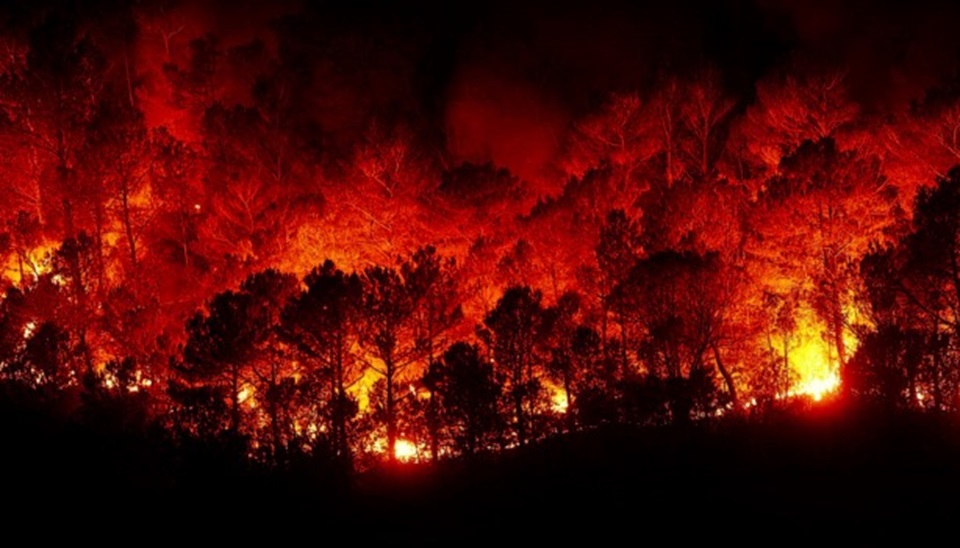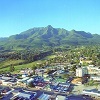GEORGE NEWS - The Wilderness Residents and Ratepayers Association (WRRA) will host a talk on Thursday 24 October on landowners' responsibilities for clearing alien and invasive species.
Stiaan Kotze, deputy director of the Department of Forestry, Fisheries and Environment (DFFE), will explain these responsibilities in terms of the National Environmental Management Biodiversity Act (Nemba).
Kotze will be joined by Delia Power, deputy director of Planning and Lauren Josias, environmental officer, from George Municipality who will explain the Osca (Outeniqua Sensitive Coastal Area) requirements and process relating to alien clearing.
The meeting will start at 18:00 for 18:30 at the Fairy Knowe Hotel. Entrance is R20 for WRRA members and R40 for non-members.
This event is a follow-up on a talk by Dr Guy Preston at a recent WRRA meeting about the dangers that Wilderness residents face in terms of fire risk.
Tying in with the theme will be a fire expo on the common in Wilderness on Saturday 26 October from 09:00 to 14:00.
The WRRA provided the following summary in regard to landowners' responsibilities:
Landowners' Nemba responsibilities
As part of ongoing efforts to protect South Africa’s natural heritage, WRRA and planning authorities are urging landowners to adhere strictly to the Nemba with a special focus on areas of high ecological sensitivity such as the Osca.
Compliance with Nemba is critical for the conservation of biodiversity and the preservation of unique ecosystems.
Nemba, which governs the management and conservation of South Africa’s biodiversity, requires landowners to obtain permits for activities that could impact indigenous flora and fauna. This includes land development, vegetation alteration, and the introduction of non-native species.
Non-compliance with Nemba regulations can lead to severe legal penalties and irreversible ecological damage.
The Osca
The Outeniqua Sensitive Coastal Area, renowned for its unique coastal and terrestrial biodiversity, is particularly vulnerable to environmental disturbances. This area supports a range of endangered species and sensitive habitats that require special attention. Activities within this region must be managed with heightened care to avoid adverse effects on its delicate ecosystems.
 Photo: Pexels
Photo: Pexels
Key responsibilities for landowners in the Osca
• Permits and approvals: Landowners must secure the necessary permits from the Department of Environmental Affairs (DEA) for any activities that could impact the environment. This includes development projects, land clearing, and ecological modifications. Specific guidelines and requirements apply to the Osca to ensure minimal disturbance to its unique biodiversity.
• Environmental impact assessments (EIAs): Conduct thorough EIAs before initiating any projects. The DEA may require detailed assessments to evaluate potential impacts on the sensitive coastal and terrestrial environments of the Outeniqua region.
• Adhere to conservation measures: Implement and follow conservation measures that protect indigenous species and habitats. This may involve restricting certain types of land use, managing invasive species, and preserving natural vegetation.
• Regular monitoring and reporting: Continuously monitor the environmental impact of activities on your property and report any adverse effects to the relevant authorities. Prompt reporting can mitigate potential damage and ensure compliance with regulatory requirements.
• Community Engagement and Education: Engage with local communities and stakeholders to promote awareness and understanding of biodiversity conservation. Educate those involved in land management about the importance of adhering to NEMBA regulations and protecting sensitive areas like the Outeniqua Sensitive Coastal Area.
‘We bring you the latest Garden Route, Hessequa, Karoo news’
















